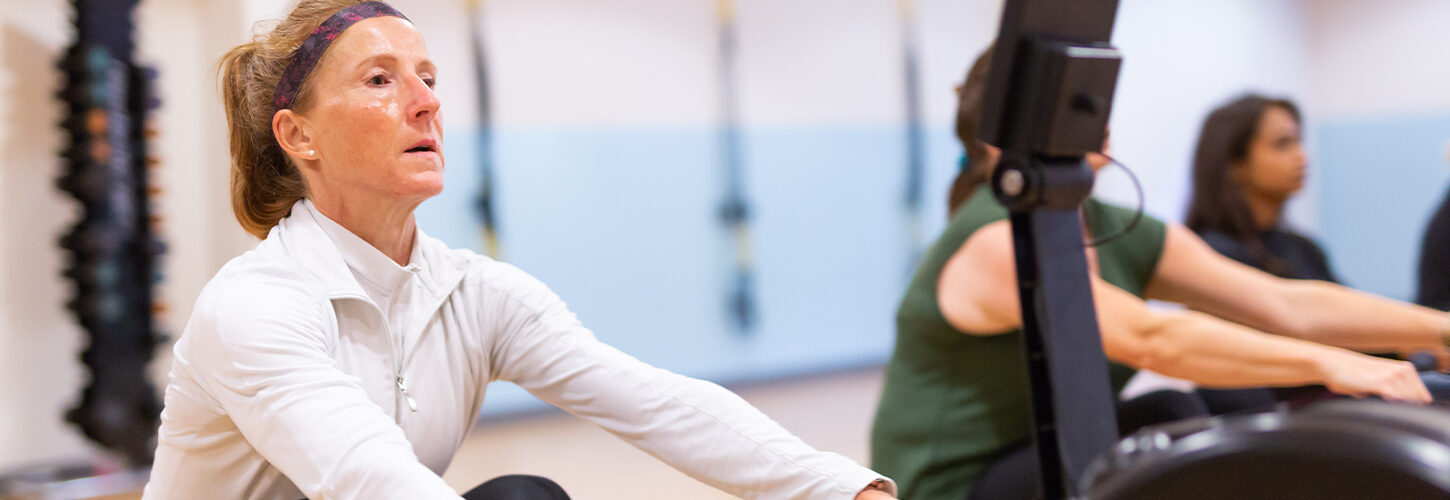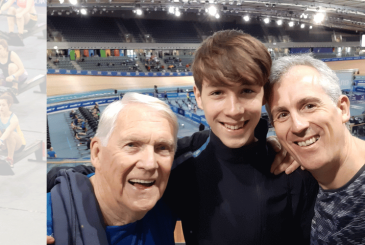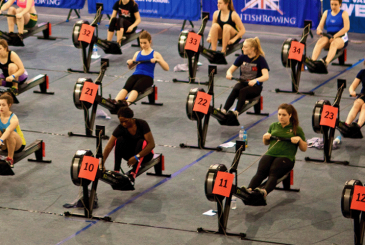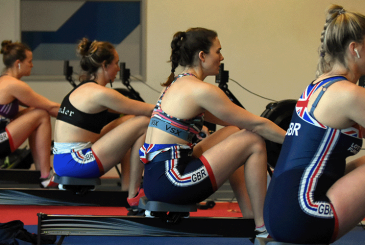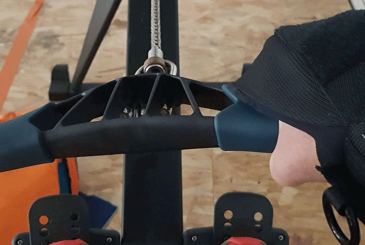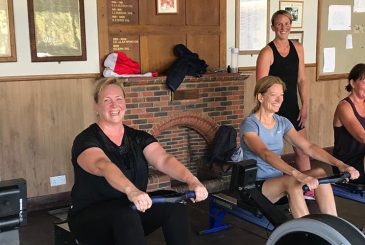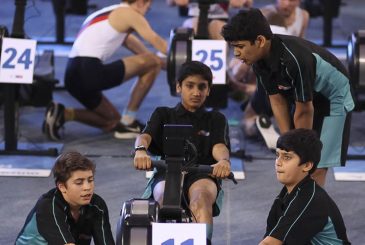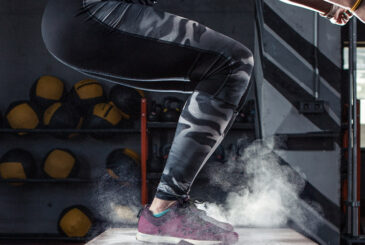As becomes increasingly apparent the more time you spend on the rowing machine, there is more to indoor rowing technique than perhaps meets the eye. Here is a reminder of some of the basics, together with a few less obvious points.
Hands, body, slide
You will likely have heard ‘hands, body, slide’ as the basics of indoor rowing technique , but it does actually make sense. Although part of the on-the-water rationale is to facilitate coordination between crew members (not a concern on the rowing machine), it does provide for a solid technical foundation for use on the rowing machine.
The forward body angle should be set off the finish once the hands are away, and should not change as you move towards the catch. Moving from the finish, get your arms out straight first and then rock your body forward. Only then do the legs break as you start to slide towards the catch. You should never have to lift your hands over your knees.
Application of power at the catch
This is rather more technical – so take a deep breath. For the total work done during the stroke, you want to apply a lower force for a longer time – it will reduce fast twitch muscle fibre recruitment compared to producing higher forces for a shorter period, which means lower lactate production. That requires getting the work on as early as possible.
However, you are in a biomechanically inefficient position at the catch with high compression angles at the knee. When you apply power at the catch you need to be quick, but that does not mean being hard. Pick up the slack on the chain as quickly as you can (using the legs, not the arms or back), but try to avoid doing too much work in the first part of the stroke.
Momentum control
Still technical – another deep breath. The amount of energy used on the slide (for a given sliding distance) is reduced if the peak sliding speed is as low as possible. So get yourself moving towards the catch as soon as you possibly can from the finish, allowing you to slide slower.
“But what about the ‘hands, body, slide’ thing you were ranting about above?” you complain.
The secret? All decent indoor rowers ‘cheat’ and get their bodies moving and break their legs before their arms are totally straight, sometimes by quite a margin. Smarter-on-the-water rowers do it on the rowing machine too – when their coaches are not watching.
You need to get your mass up the slide as efficiently as possible in the time you have (about 1.1 seconds at 2k rate and pace). That means really quick hands, giving yourself as much sliding time as possible.
The drag factor
Drag factor is no different from a gear on a bike – it’s the level of resistance the machine provides for you to work against. A harder gear gives you more ‘score’ for the same range and speed of motion, but getting the right gear is critical. On the water, boat type has a bearing on gearing, but that is not a concern on a machine. Rather, our focus is on muscle tissue efficiency and minimising the recruitment of fast twitch muscle fibres. These fibres are good for rapid movements but get tired quickly, whereas slow twitch muscle fibres are better for endurance activities.
A drag factor of 130 for a heavyweight male and 110 for a lightweight female is a start, though it is more subtle than that. The following principles will help you:
- Optimal drag factor for a 2k will be found in a very tight range, so deviations from the norm for your age and gender will be small, between 5-10 units of drag factor.
- The faster your 2k, the more drag factor you need
- The taller you are (or the longer your effective stroke length), the less drag factor you need.
You change the resistance by moving the lever up and down, but the drag factor does not go from 1-10! It has to be read off one of the menus on the performance monitor and ranges from about 100 to 220. Get the right drag factor for you!
Rate
Sliding on the erg costs an enormous amount of energy which does not assist your score. Energy wasted is a linear function of body weight, a squared function of the distance that your centre of mass moves, and a cubic function of rate.
A 193cm 90kg athlete at rate 32 is ‘wasting’ about 55 watts sliding, but at rate 36 that becomes more like 85 watts. And 30 watts is the difference between a 1:40.0 split and a 1:37.3. However, do not let the rate fall too low or you will blow your legs up – that’s never fun.
Rate on the erg is a totally different animal compared to rate on the water – it will necessarily be lower. For a 2k, anything over 34 would be unusual and probably inefficient – but there are exceptions. Although optimal rate is specific to the individual, good starting points are rate 32-33 for males and rate 33-34 for females.


